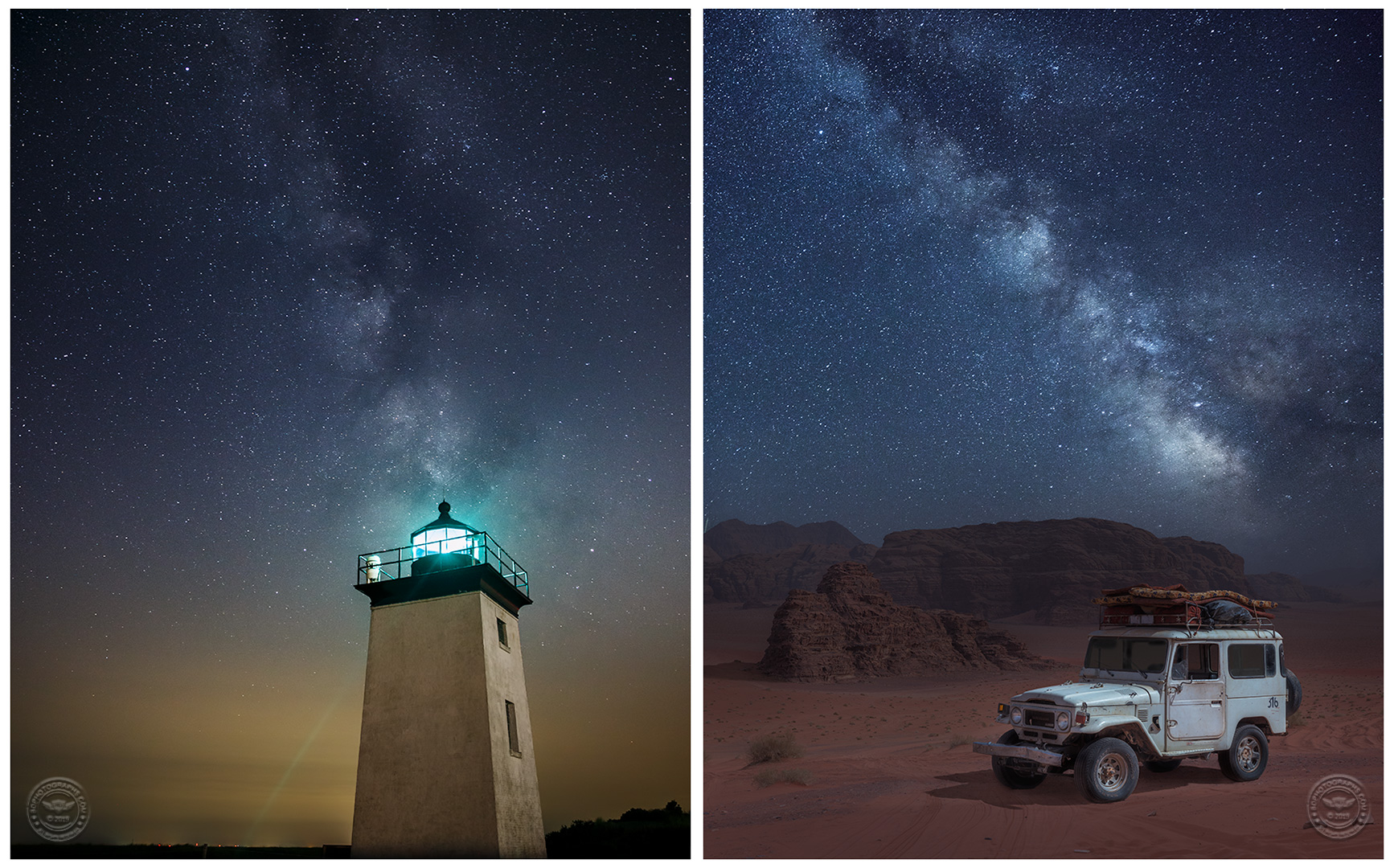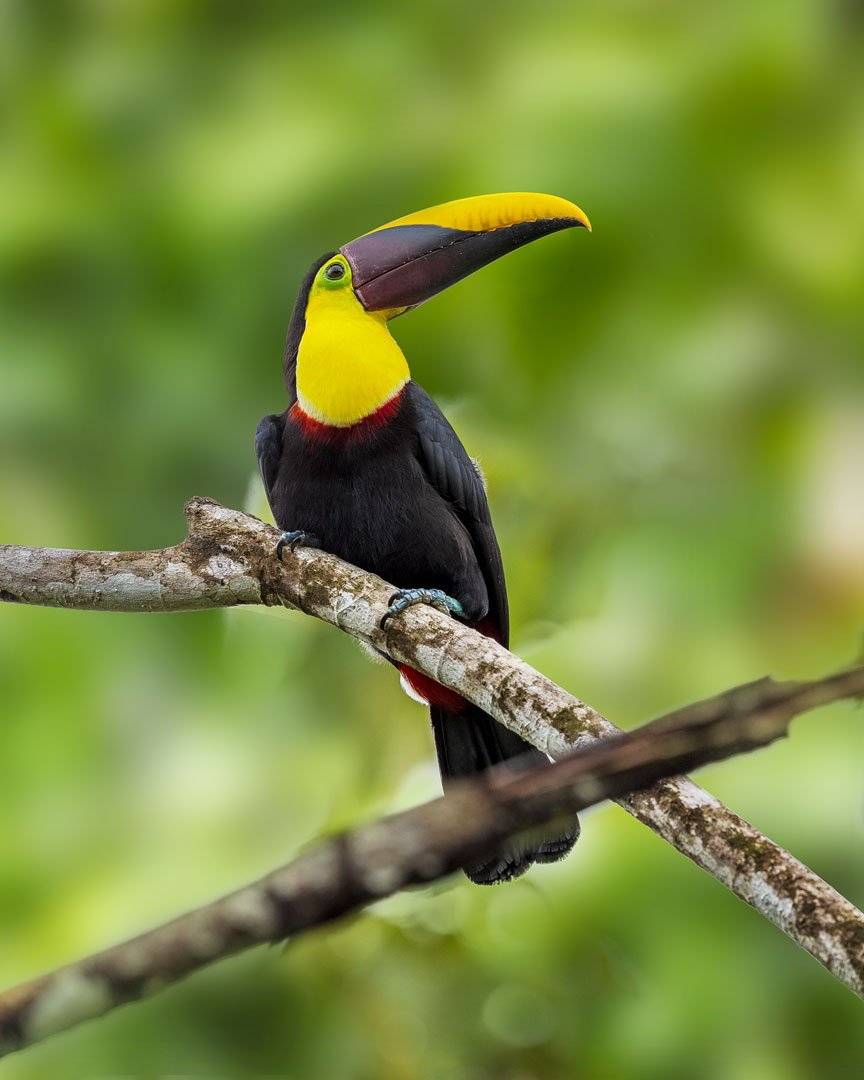It’s been a year since I launched the BDPHOTOGRAPHS YouTube channel, with the goal of sharing the experience of photography, providing photo tips, and including filmmaking in my book of work. A year ago we kicked off with an adrenaline-packed shark photography adventure, and in this episode we return to the water to look at the fundamentals of underwater photography. We’ll meet giant mantas, big sharks, friendly turtles, and a variety of photogenic sea life. We’ll check out shallow sandbars, deep shipwrecks, and learn about the different gear needed to make it all happen — see below for some recommended items. Almost all of the footage is original and behind the scenes of real dive trips I have taken so I hope you’ll enjoy spending some time in the water with me. Once again, thanks for watching, and please subscribe!
Interested in starting a website or blog? How about a place to display your photos online? I use Squarespace as my platform. Get started for free — click the image below.
Some links to underwater photo gear are below. It’s best to talk to a professional who has experience in the water with camera gear, not just a sales rep who knows the equipment.
Waterproof case for iPhone
ProShot Case for iPhone XR & iPhone 11 https://amzn.to/2KqEulz
ProShot Case for iPhone X & XS https://amzn.to/2VqRr57
ProShot Case for iPhone 8 Plus, 7 Plus, and 6 Plus https://amzn.to/2RWFLVM
Action Camera
Paralenz https://adorama.rfvk.net/odWjO
GoPro Hero 8 Black Edition https://adorama.rfvk.net/xdPA1
Compact Consumer Camera
SeaLife https://adorama.rfvk.net/OAJ6W
Pro Gear
Professional level gear is almost exclusively camera specific — housings are designed with controls aligned to the buttons and switches of individual camera models. Nauticam, Aquatica, Ikelite, and SeaCam are well-known manufacturers that offer custom underwater housings for popular DSLR and mirrorless cameras. They also offer strobes and related accessories. Once you invest in pro quality camera gear, I highly recommend insuring your gear — and make sure your policy includes an underwater rider; standard policies usually don’t cover taking your camera into the ocean!
If you’re interested in photography and supporting small business, check out Adorama



























